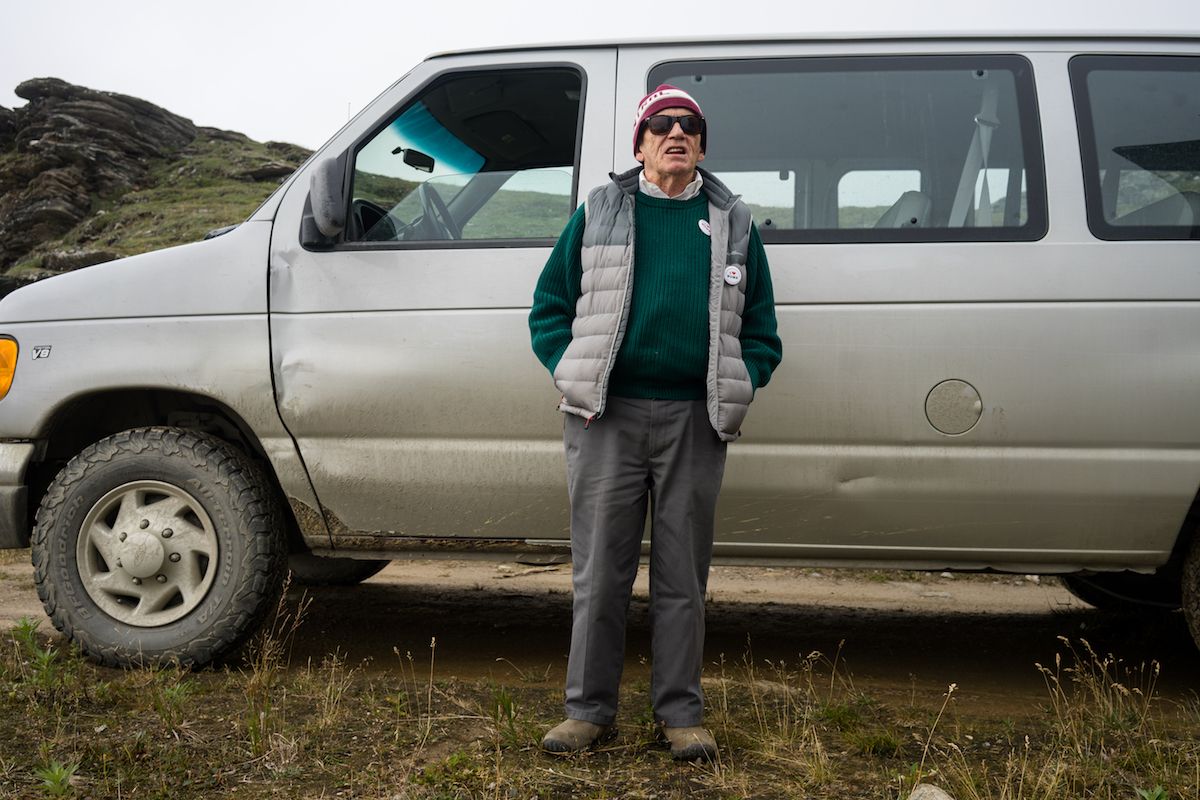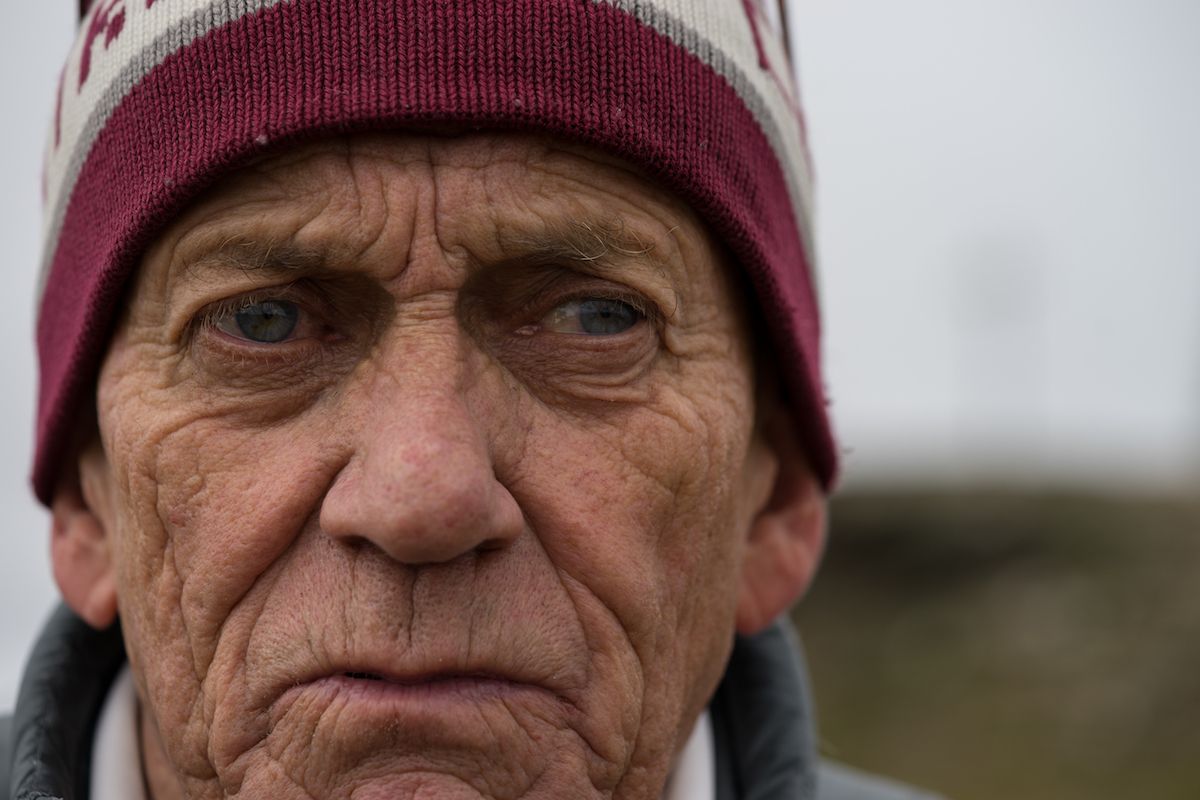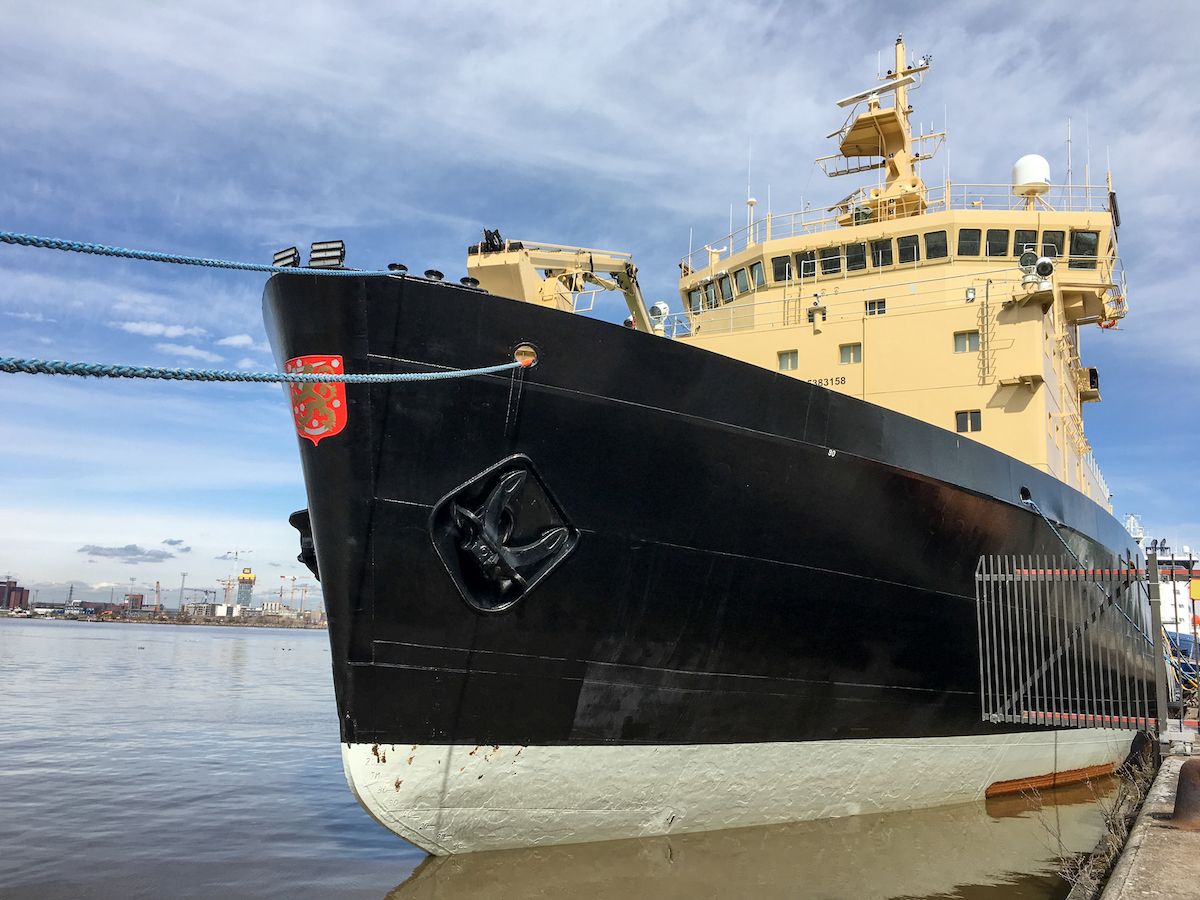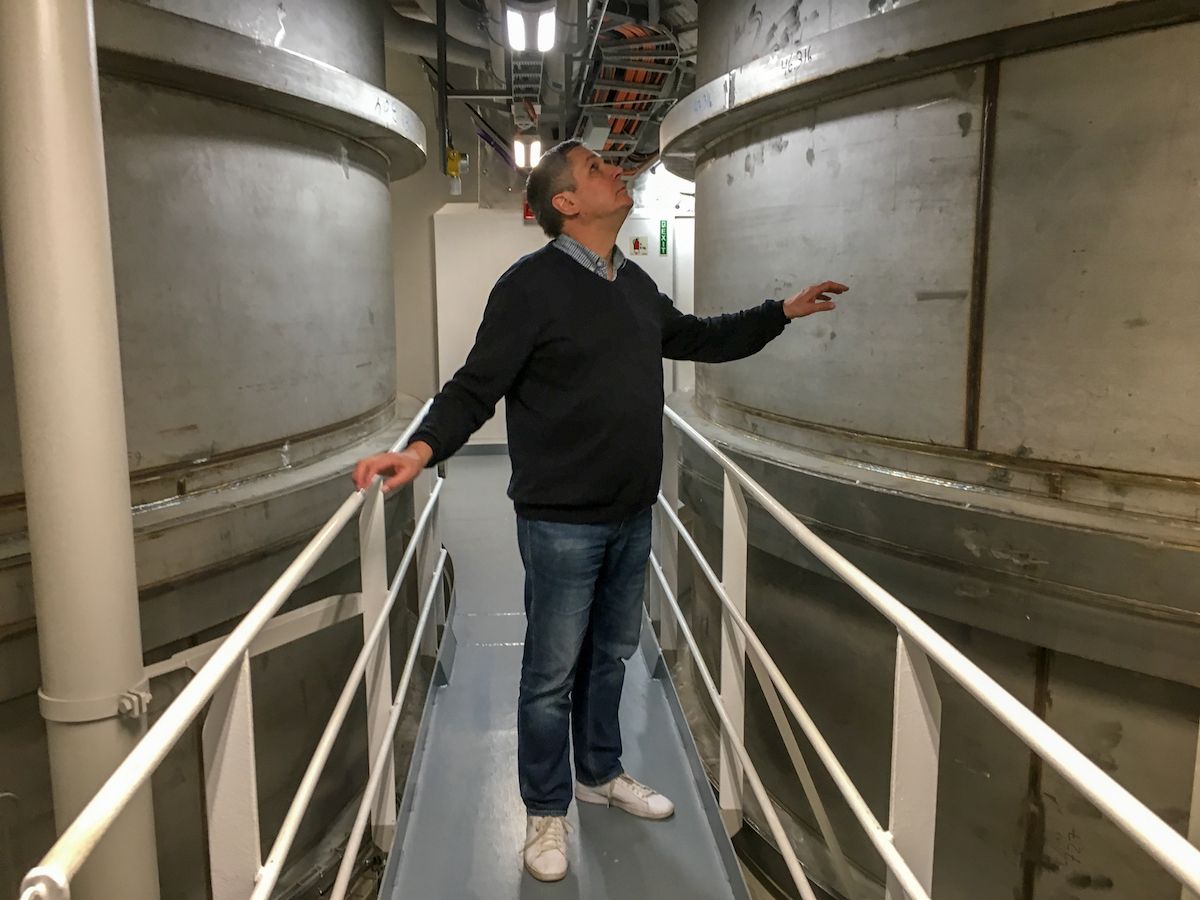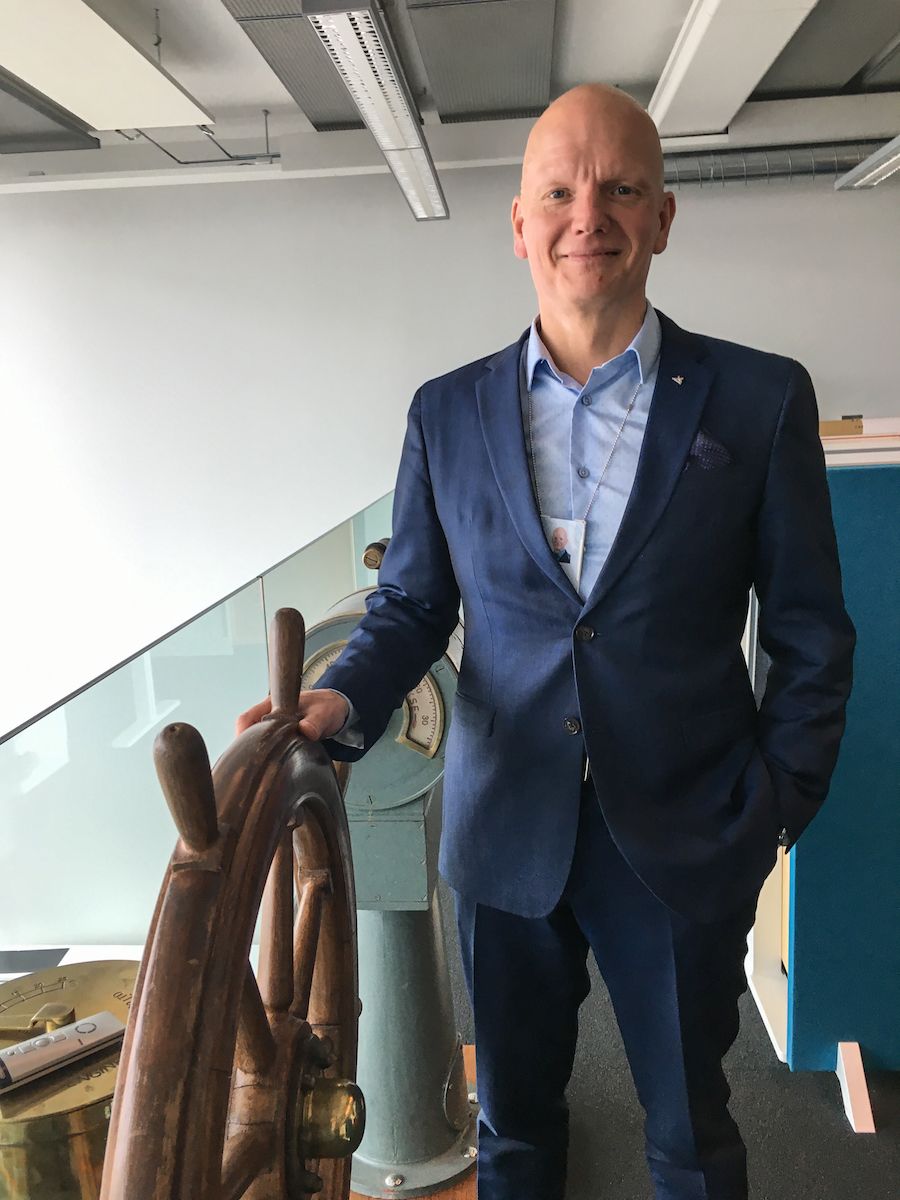Episode 7
HELLO, CENTRAL!
If there's one thing everybody's heard about the Arctic, it's that sea ice is melting, and that's bad news. But what's less well-known is that some people see opportunity in sea ice loss. This time, take a seat in the captain's chair of a Finnish icebreaker, sing along with a very musical Alaskan mayor, and find out what it means when the world gets a whole new ocean.
LEARN MORE
2018 ARCTIC SUMMERTIME SEA ICE
Arctic sea ice follows seasonal patterns. It increases during fall and winter and shrinks during spring and summer. But in the past decades, increasing temperatures have led to rapid decreases in the minimum summertime extent of Arctic sea ice. 2018 tied for the sixth lowest on record.
CHANGES IN ARCTIC SEA ICE OVER 60 YEARS
Working from a combination of satellite records and declassified submarine sonar data, NASA scientists have constructed a 60-year record of Arctic sea ice thickness. Watch the video here.
HOW A WARMING ARCTIC SPEEDS UP CLIMATE CHANGE — AND SPREADS ITS DAMAGE
A warming Arctic has consequences for the entire planet. Learn more in this article from CBC.
WHAT HAPPENS IN THE ARCTIC DOESN'T STAY IN THE ARCTIC
The Aspen Global Change Institute uses watercolors in this video to explain the causes and consequences of polar amplification.
